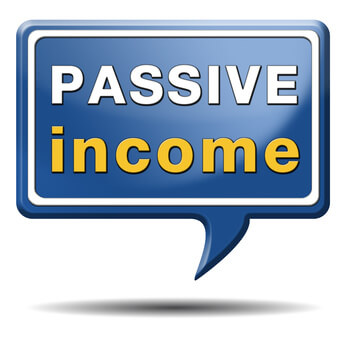5 Recurring Revenue Streams for the IT Service Provider
There are a number of benefits to having recurring revenue (also called passive income in layman’s terms), in your business. Recurring revenue is valuable for business owners simply because it means they can spend more energy and time on growing their business, rather than trying to achieve the same revenue level they did the year before by acquiring enough new or repeat business.
Other advantages of recurring revenue include:
- It makes the business easier to grow – Rather than start each new financial year with R 0 in revenue, a recurring income stream allows the business to start at a much higher level of revenue.
- Predictable costs – If the business can predict what it’s going to earn, it stands to reason that it can also (more accurately) predict the associated costs. This results in a lower overall risk for the company.
- Higher business valuation – If we compare two companies with the same revenue, one with recurring long-term revenue streams and the other without, the first company will have a much higher market capitalization.
Recurring revenue streams are however not equal – some have a much higher value than others.
Let’s have a look at 5 different types of recurring revenues, in order of value with the ones with the lowest mentioned first:
1. Repeat Customers
Virtually any business has (or should have) repeat customers – from your local supermarket to airlines. While it’s good to have repeat customers, the danger with this type of recurring income lies in the fact that it’s normally very easy for customers to switch. If Pick and Pay does not have what you’re looking for, it’s very easy to go to Checkers down the street or even in the same shopping center. Companies typically try to prevent customers from switching by differentiating themselves through customer service or loyalty programs.
2. Repeat Revenue with a Network Effect
When customers shop at a business, and they get more out of the experience because of their interaction with other customers, they are less likely to leave the longer they are immersed in this experience. If they switch, they won’t only be going for better pricing or good quality, but they will also lose the networking which is more difficult to replace.
Do you have a favourite coffee shop or restaurant where they know you by name? Think about it – you don’t only go there for the coffee, cake or food, but the place almost feels like home. This makes it a lot less likely that you’ll go someplace else.
This model is not commonly used in the IT service arena. If you can however utilize industry events or seminars to get a number of your customers together and networking, you could add value to your relationship with them.
3. Sequenced Product Purchases
If you can manage to get your customers to upgrade to new service offerings and product consistently, you have sequenced product purchases. An example of this would be for a company that rents out space in the cloud – as a customer’s space requirements grows, they would typically buy more space from their provider.
Various software systems also use the sequenced product model. In this case, you would buy a license for a number of users, and you would purchase the next level as you add more staff that need to use the software. The Free-trail model for basic functionality with the possibility of upgrading to a paid-for version with more features is another example.
4. Good Until Cancelled Revenue
This is a great model as the customer has to make an effort and take action in order to stop using the service. Insurance companies is the most common example of this. In the IT game, Microsoft and Adobe have switched to this model with Office 365 and the Creative Suite respectively. As an IT service provider, becoming a reseller for these products will allow you to piggy-back on the giant’s efforts.
5. Contractual Recurring Revenue
This is the best model of the 5, and the longer the contract period, the better. Cell phone companies and Gyms have this down to a fine art. Not only is it extremely difficult (if not impossible) to get out of the contract, but you keep on paying month after month whether you use the service or not.
When I implemented Maintenance Contracts in my company in the 1980s, customers invariable started complaining after a while. At the beginning of the contract period their IT was in a mess and they would regularly see technicians on site. As we created order however, and started using remote access systems, the advantages were not as obvious, and customers felt that they were being screwed. The market has however (hopefully) matured since those years, and customers understand better what is involved in providing an IT related service. Not only that, but they are willing to pay for the service.
If you are an entrepreneur just starting out, the CEO of a mature company, or involved in Marketing functions, you should be thinking of how you can implement one or more of these models of recurring revenue in your company. A small increase of 10 or 15 percent recurring revenue will do wonders for the value of your company.
Don’t know where to start? Contact us for a free evaluation on how you can add one or more recurring revenue streams to your business.





Leave a Reply
Want to join the discussion?Feel free to contribute!